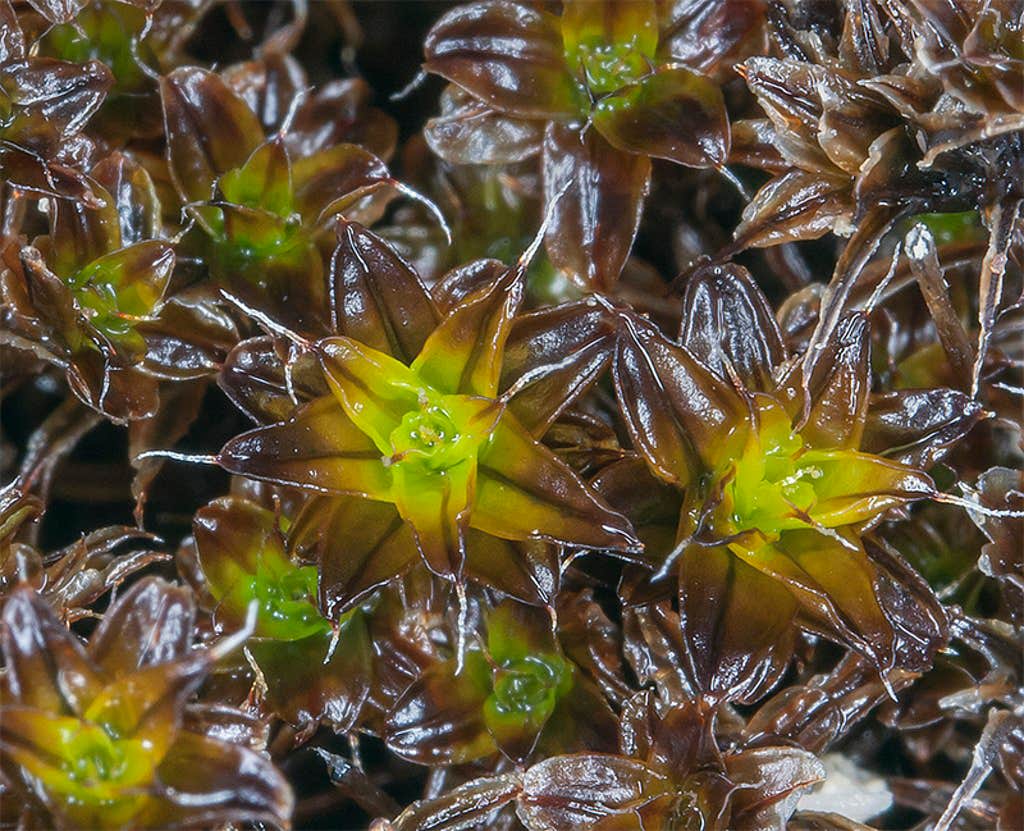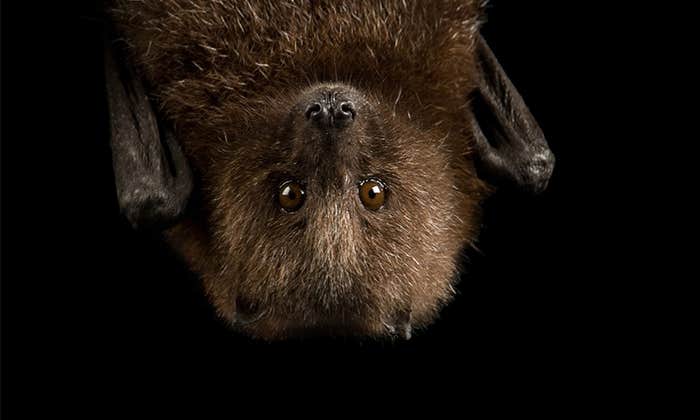Mars may be our best hope for a human colony on another planet, but it has real drawbacks: For a start, it’s mainly a rocky desert that is blasted by deadly radiation, exposed to hostile temperatures, and, so far, seems to possess no identifiable forms of life or sustenance.
But that’s not stopping scientists here on Earth from trying to find workarounds and dreaming up new ways to grow Earth stuff on the Red Planet. One controversial approach involves identifying pioneer species that could survive the harsh soils and conditions on Mars and begin to generate Earth-like conditions that could support other life—also known as terraforming.
“In colonies on Mars, and on the moon as well, we are going to have very limited resources,” explains astrobiologist Rebeca Gonçalves, a research scientist at the Brazilian Space Agency (AEB). “Energy, physical space, water, nutrients—everything’s going to be limited.”
It turns out that tortula moss possesses a resilience to stress worthy of a comic-book superhero.
According to a new study in the journal The Innovation—Gonçalves was not involved—the best candidate for terraforming may be a type of moss that dominates the desert floor in many dryland regions, including the Gurbantünggüt and Tengger deserts in China and the Mojave Desert in the United States, as well as mountainous regions of Tibet, the Middle East, and Antarctica. The moss, known as tortula moss (Syntrichia caninervis), can survive in some of the most extreme conditions on Earth, lethal to most types of life.
The Gurbantünggüt Desert in northwest China, for example—where one of the most concentrated distributions of the moss in the world can be found—features temperatures that range from –40 to 65 degrees Celsius, and relative humidity as low as 1.4 percent. (By comparison, average relative humidity in the desert community of Palm Springs, California ranges from 28 percent to 48 percent.)
The authors of the new study wanted to test the moss’ ability to survive in conditions similar to those found on Mars, so they bombarded it with stress in the lab. They dried some samples to the point where they had lost 98 percent of their water, blasted others with gamma radiation that would kill a human in an hour and severely damage most plants, stuck another set of samples in a freezer set at -80 degrees Celsius for five years, and still others in a liquid nitrogen storage tank set at -196 degrees Celsius for 15 to 30 days. Finally, they placed a separate set of samples in a simulated Martian environment that combined many of these conditions as well as the extremely low oxygen concentrations found in the thin Martian air.

It turns out that tortula moss possesses a resilience to stress worthy of a comic-book superhero. In the wild, the moss turns completely black when it has lost 98 percent of its water, and it responded similarly in the lab. But within just two seconds of rehydration, the moss regained its green color and its capacity for photosynthesis. Similarly, after a period of recovery from the freezer and liquid nitrogen storage tank, the moss was able to bounce right back and generate new growth at a rate close to that of controls that had not been whacked with freezing temperatures. Radiation levels well above those that would kill a human in an hour actually encouraged increased growth in the plant, though at a certain threshold (8 to 16 times the dose that would kill a human in an hour), the radiation did more damage than good.
The evidence suggests that tortula moss could be one of the best candidates for terraforming Mars, the authors of the study argue. It could contribute to oxygen production, carbon sequestration, and soil fertility, and support other atmospheric, geological, and ecological processes familiar to us here on Earth, they say. After all, moss carpets represent the most advanced stage in the formation of so-called biological soil crusts, among the first living things thought to have colonized the Earth. (Compared with algae and lichen crusts, moss crusts have greater biomass and are better at fixing carbon and allowing desert soils to retain water, which helps to stabilize the soil.)
Maybe a superhero plant is just what we need to turn Mars into Earth’s escape hatch, to make it nice for human, animal, and plant habitation. Of course, there’s no telling what other processes we might set off on Mars and or other planets with our tinkering. “It’s a very philosophical issue,” says Gonçalves, who recently published her own study in PLOS One about the potential benefits of an ancient agricultural technique called “intercropping” for growing food on Mars. “A lot of people are thinking about how to colonize Mars ethically while protecting its environment.” ![]()
Lead image: Sheri Hagwood / Wikimedia Commons





















